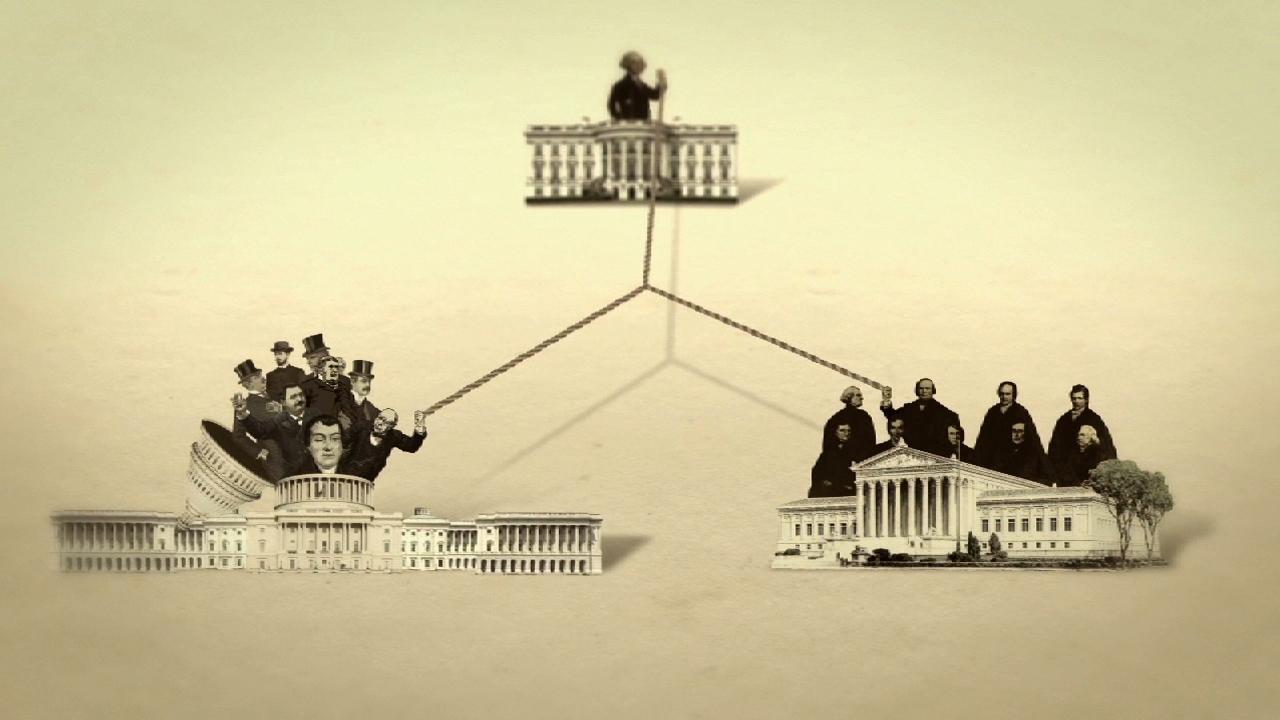
Separation of Powers
The framers of the Constitution feared too much centralized power, adopting the philosophy of divide and conquer.

The first three words in the Constitution are the most powerful: We the People. They declare that the Constitution derives its power not from a king or a Congress, but from the people themselves. This concept of popular sovereignty—power to the people—is the foundation upon which the entire Constitution depends.
Yale professor Akhil Amar talks about why our Constitution has endured as long as it has.
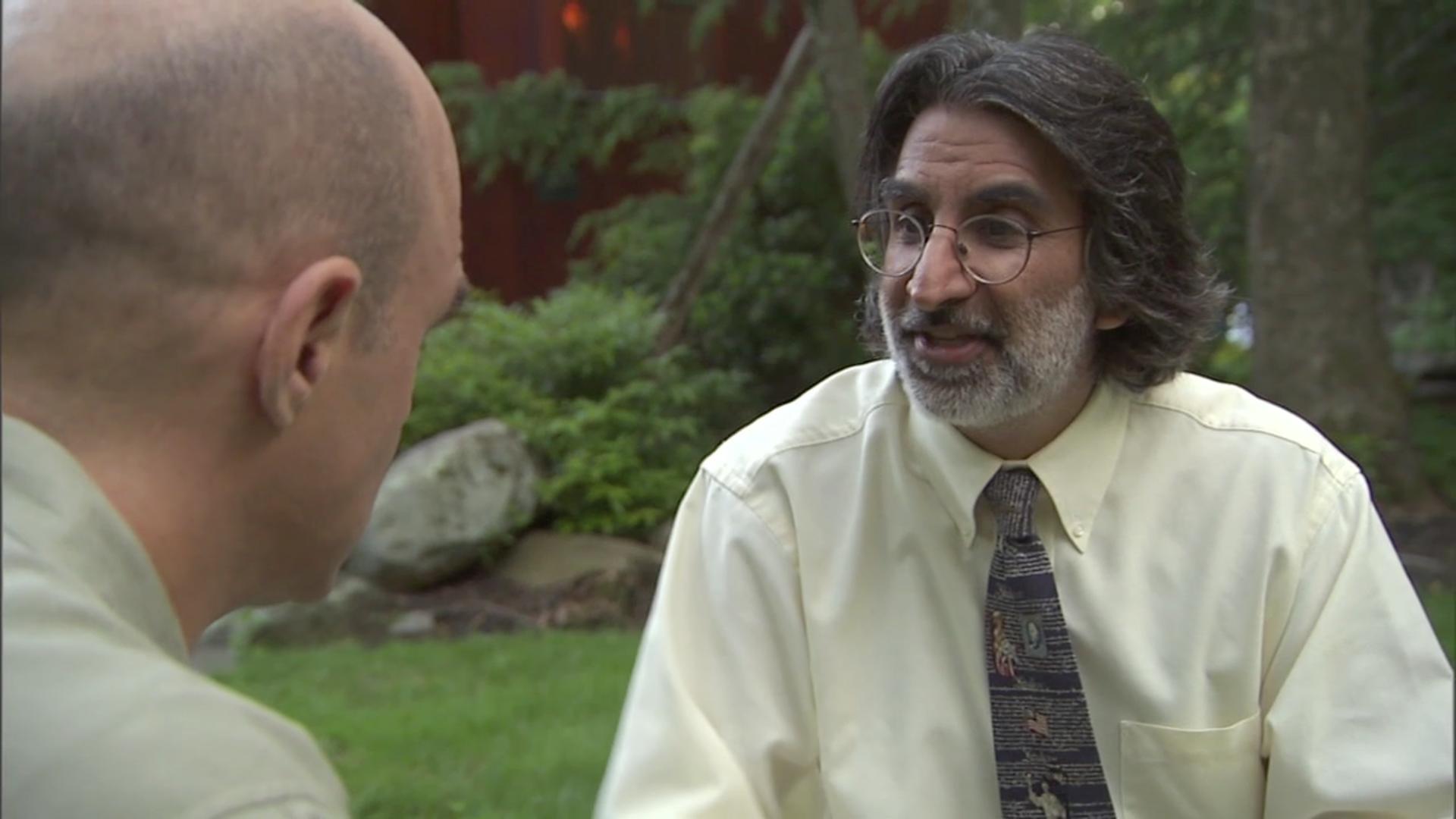
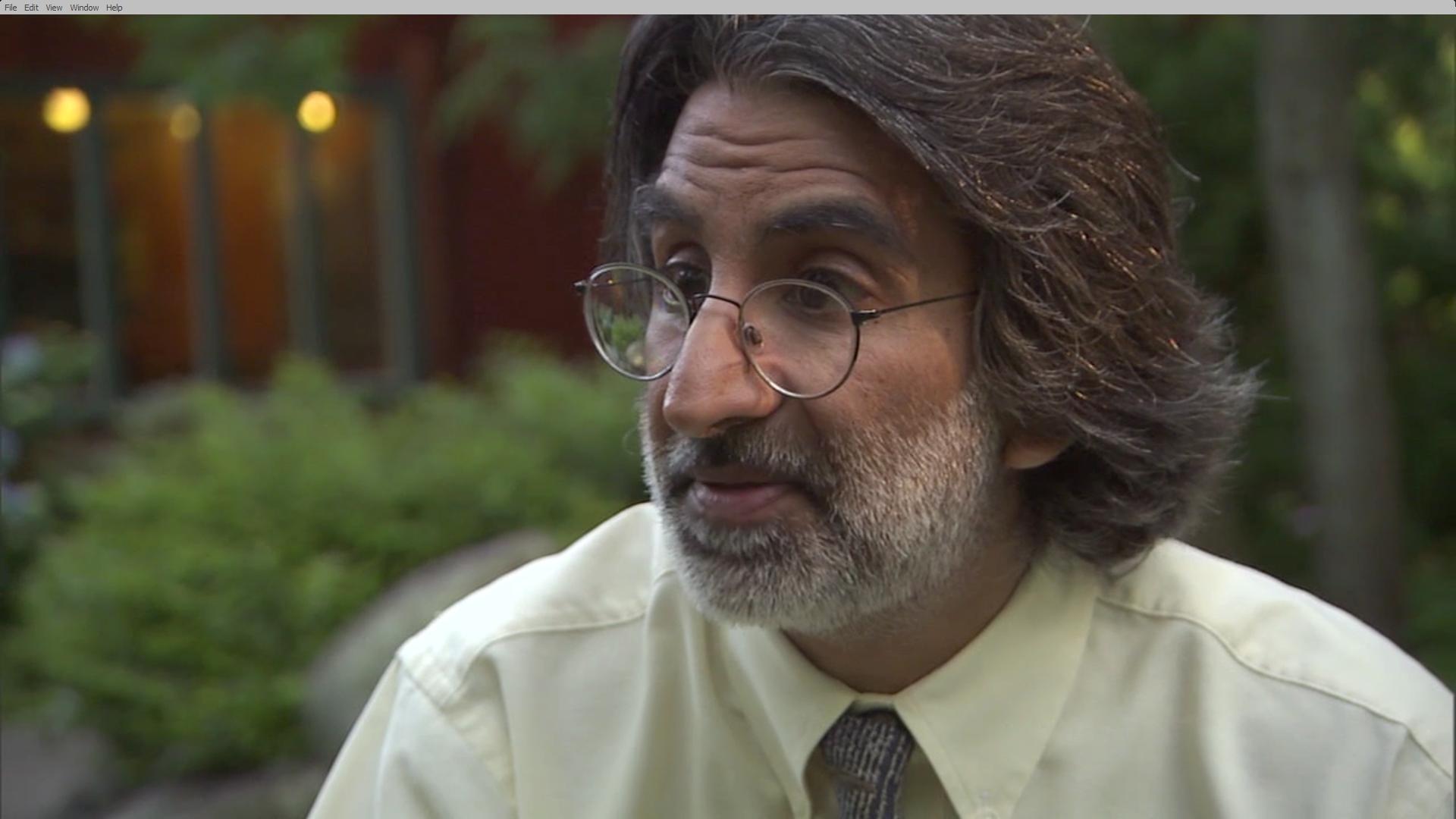
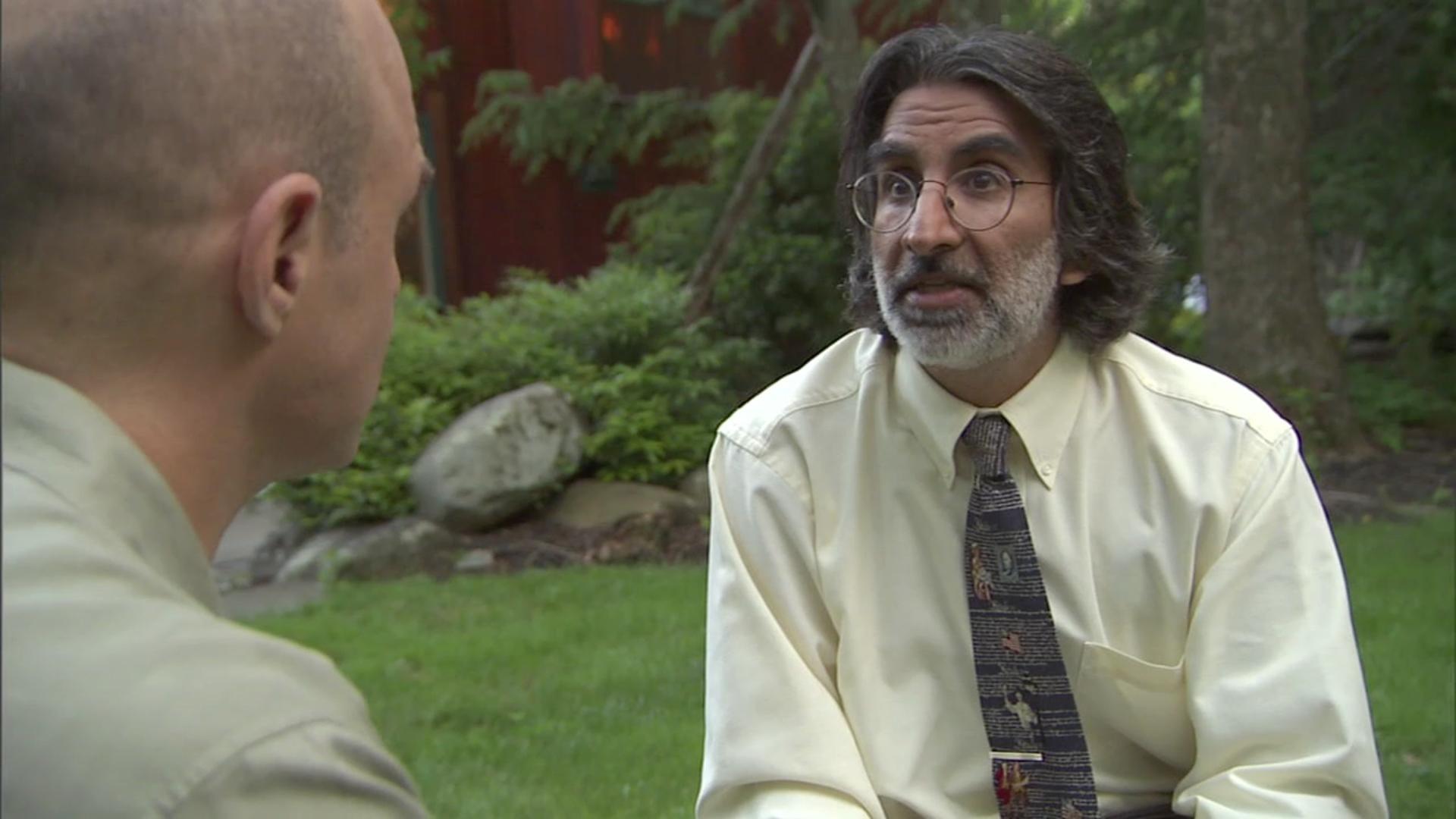
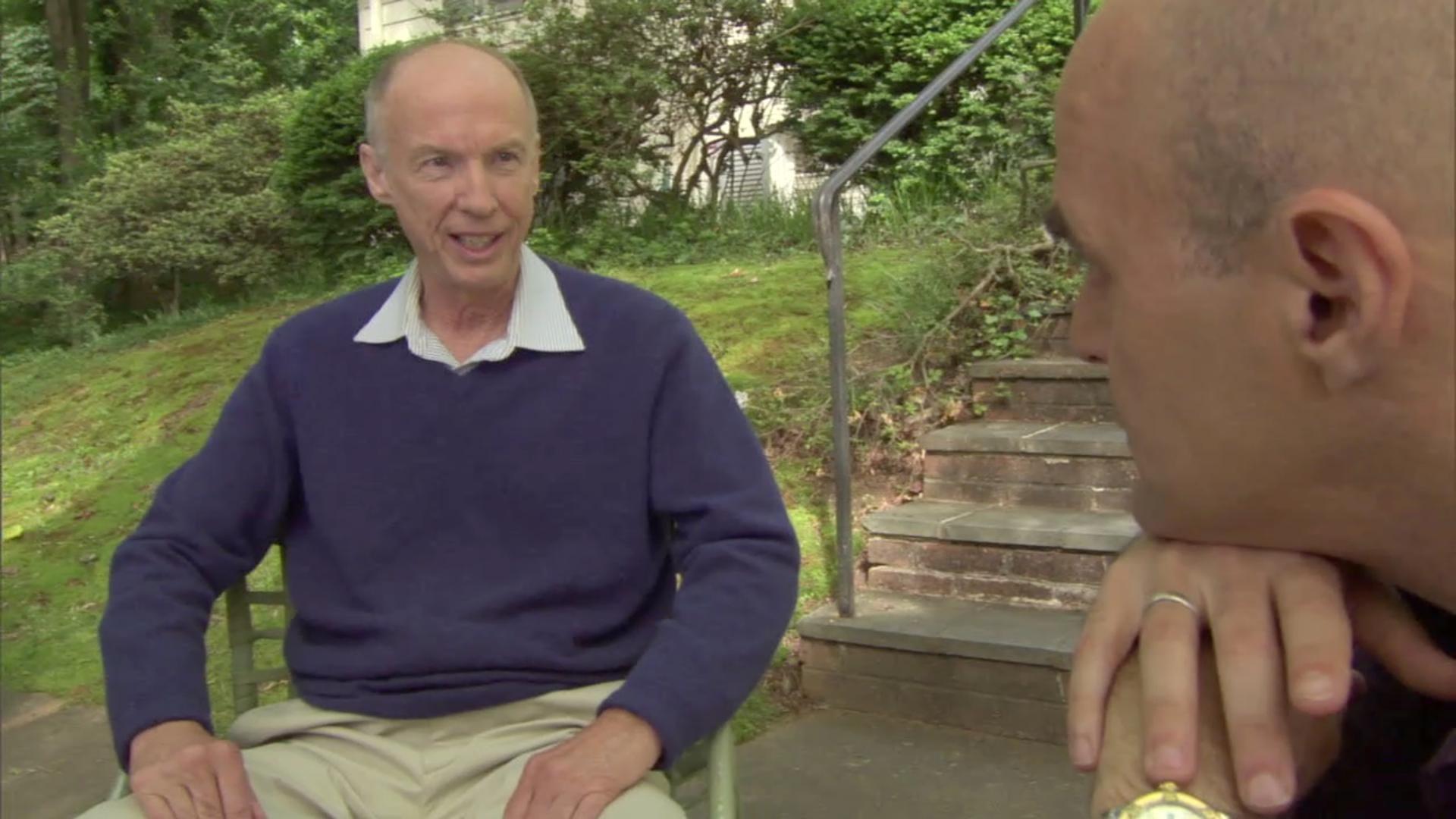

The framers of the Constitution designed a system of government in 1787 that distributed power among three branches—legislative, executive, and judicial. Having just overthrown a king, the framers did not want to concentrate power in one ruler, whether a president or a Congress. Therefore, they established checks and balances for each branch over the other two. Some modern critics argue that this system creates gridlock and is ill-suited to the demands of the 21st century, where global electronic networks can collapse financial markets and national governments in milliseconds. They advocate creation of a new constitution.
But even the framers themselves did not think the Constitution was perfect. That's why they included an amendment process in Article V, so the people could make changes to the Constitution as they saw fit. Over the past 225 years, the people have added 27 amendments; the most common theme has been expanding the right to vote. In the end, each generation strives to create a “more perfect union” for those yet to come. The Constitution begins and ends with We the People.
We the People content written by Linda R. Monk, Constitutional scholar
The framers of the Constitution feared too much centralized power, adopting the philosophy of divide and conquer.
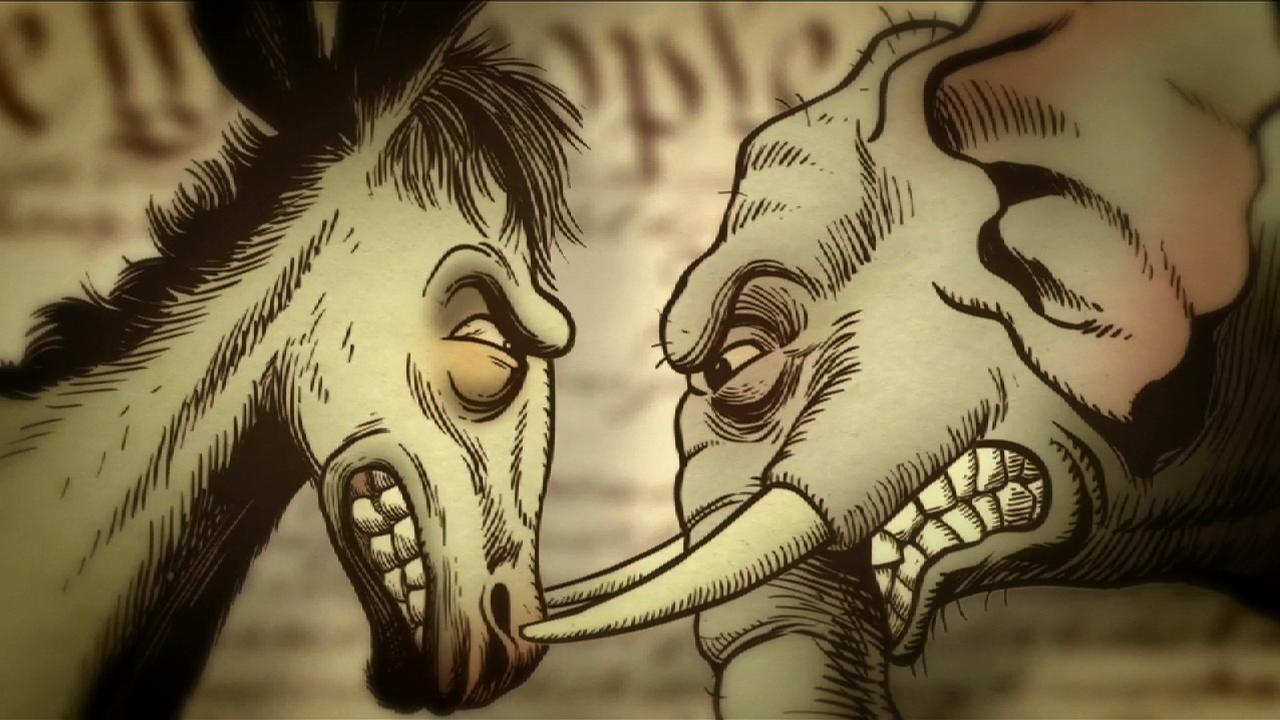
The Constitution does not mention political parties, yet they play an important role in U.S. government.
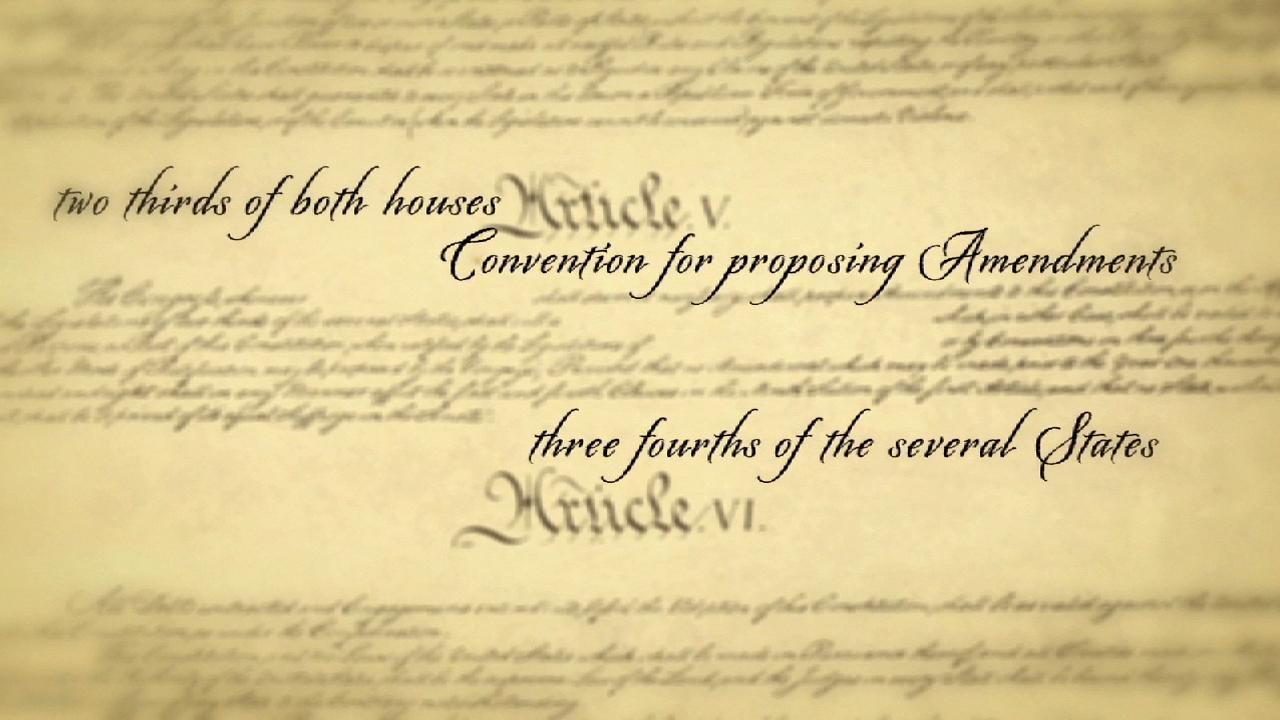
Some constitutional scholars believe that Article V, which sets forth the amendment process, is the key to the Constitution's success.
Is gridlock built into the Constitution? Peter Sagal explores this question in episode four, Built to Last?. Watch this clip from the film and read Akhil Amar's thoughts below, then tell us what you think.
The system might cease up, especially, temporarily, but I think they [the framers] would hope that in the long run, it will cure itself, it has corrective mechanisms, and you know what the most important corrective mechanism it has? Elections. Every two years we get to decide again, and if we think one party is really dumbing up the works, or trying to push things too far, too fast, we can vote for the other party. Every two years we elect the entire House of Representatives, every four years we have a new president, when Lincoln takes office, there are a bunch of people who are very disheartened, and here's what Lincoln says, 'I understand you don't like me, but four years ain't that long, just wait me out and we'll do a redo in four years and you can have your fair shot.'
Cause this is amazing and great democratic countries around the world don't do this. We hold elections come hell or high water. The British, they cancelled elections during World War II. We hold elections in the middle of a Civil War. Fair and square elections, it's pretty amazing.
- Akhil Amar, Professor of Law and Political Science, Yale University